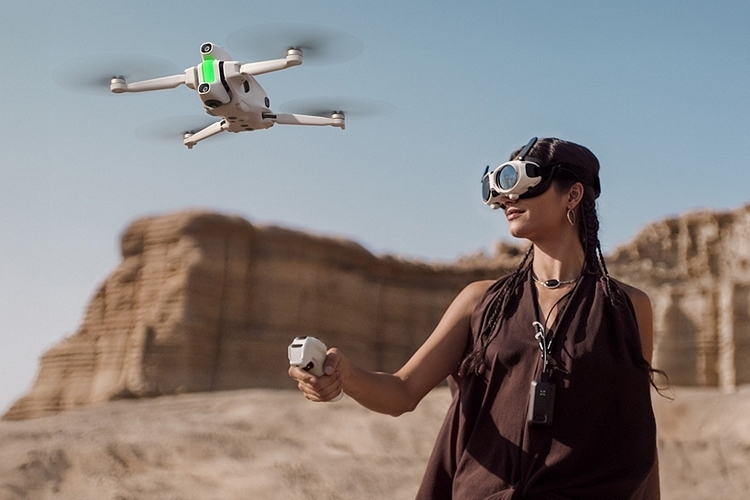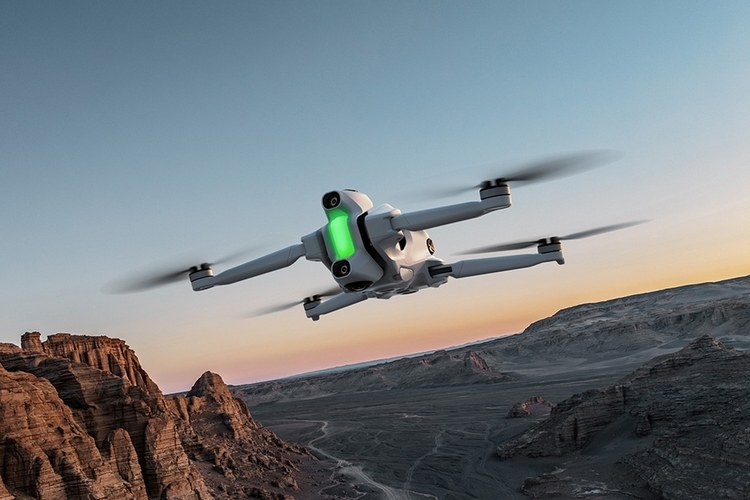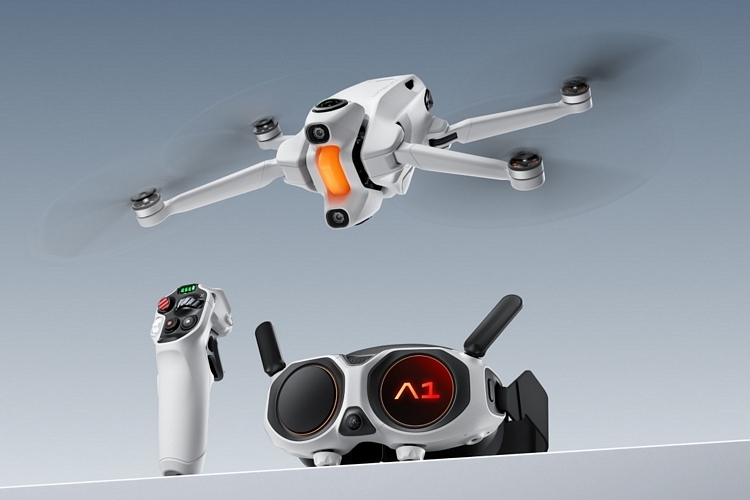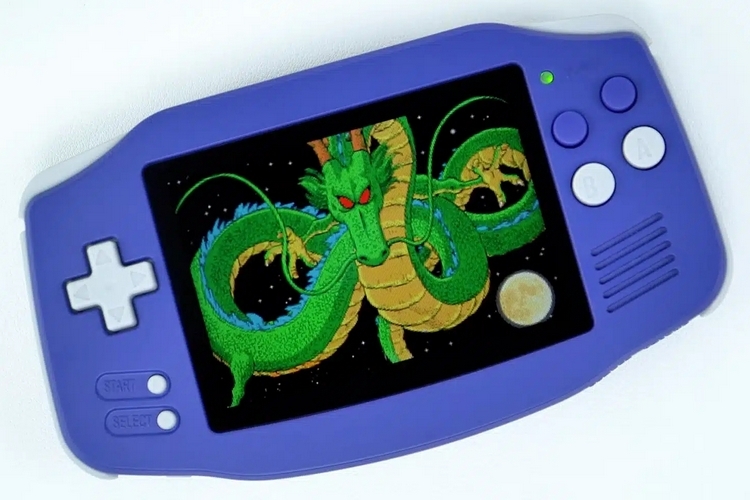
Insta360 just made a drone. That’s right, the outfit behind some of the most popular 360-degree cameras and action cams has now pivoted to drones via its new spin-off company. Called the Antigravity A1, the new drone is immediately setting itself apart by offering something even DJI hasn’t integrated into any of its quadcopters.
Billed as “the world’s first 360 drone,” it’s equipped with a 360-degree camera system, allowing it to capture a spherical view of everything around it. That’s right, they made a 360-degree aerial camera, allowing you to capture unique shots unlike anything drones have managed to do in the past.

The Antigravity A1 is equipped with a dual ultrawide lens setup, with one at the top and one on the underside of the drone. This allows it to capture 180-degree views from the front and back, which it automatically stitches together to provide a 360-degree live video feed. The setup allows it to record 8K spherical videos, with any parts of the drone captured in the scene automatically scrubbed using AI algorithms just like how they remove selfie sticks from videos recorded using their 360-degree cameras. Another similarity to their 360-degree cameras is the ability to use the spherical recordings to reframe your videos in post-production, ensuring you don’t miss key moments you might otherwise not record using conventional drone cameras.
The drone, by the way, is only one part of the setup. It actually comes with three components, namely the drone, a pair of OLED goggles called Vision, and a motion controller called Grip. As such, flying it is similar to controlling an FPV drone, albeit with the ability to check out a 360-degree live feed, instead of the video feed being fixed in a single FOV. How do you check alternate angles? You simply turn your head, with the goggles automatically detecting head movement and shifting the framing to compensate without affecting the drone’s actual flight. It sounds very intuitive.

The Antigravity A1’s Grip controller is sort of a cross between traditional drone controls and the classic Wiimote. It’s designed to be used one-handed, while coming with physical controls like buttons for activating various functions (start/stop recording, reset view, switch orientation, and more), a trigger to control speed, and a dial for adjusting stuff like altitude. Steering is done via motion control, so you move the Grip to the right to go in that direction, pull it back to have it fly backwards, and so on. A reticle shows up on the goggles to indicate which direction it’s going, so you know exactly that it’s following your lead. The outfit calls the flight experience FreeMotion, claiming that it feels both natural and intuitive, making it a lot more immersive than your typical drone flight.


The drone, by the way, weighs just 249 grams, allowing it to stay under the registration threshold in most places. And yes, there’s a Sports mode that unlocks faster flight speeds for folks who want the racing-style FPV experience.
The Antigravity A1 is slated for a January 2026 release. There’s no exact pricing yet, but the company has indicated it will be somewhere in the range of $1,300 to $1,700 with all three components in tow.



